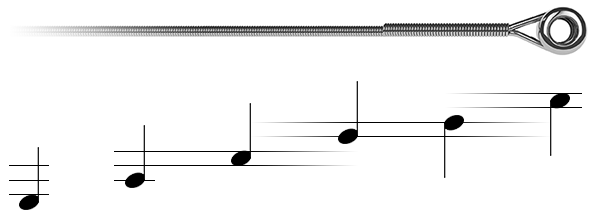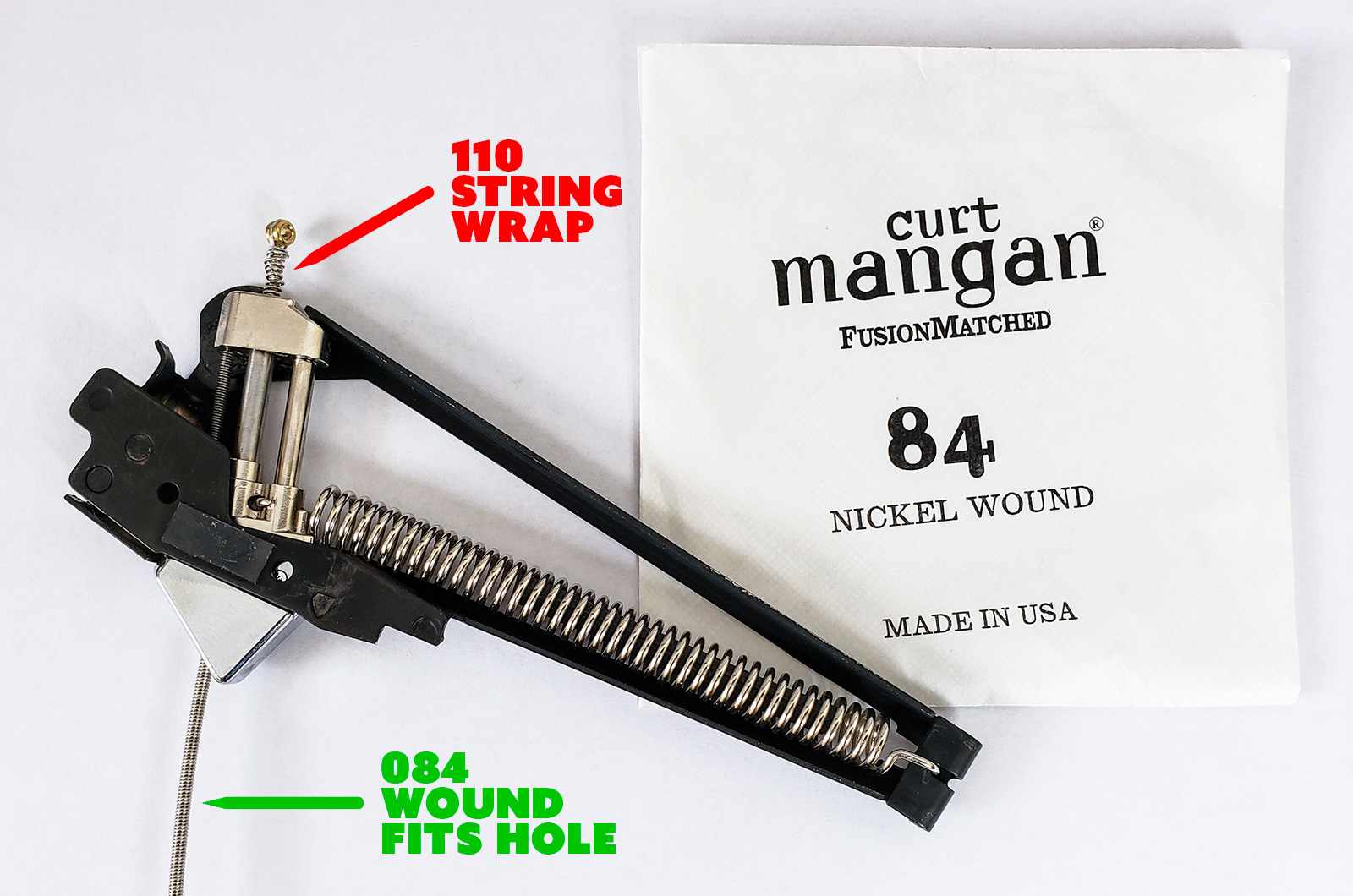Discover EverTune
EverTune Buying Guide
- Bridge Buying Guide
- Guitar Buying Guide
- Most Asked Bridge Questions
- Bridge Tech Specs
- Tunings & String Gauges
- String Tension Gauge Calculator
- Installation Service Options
- International Dealer Directory
- Legal
For Players
- User Manual
- Quick Start Guide
- Tunings & String Gauges
- String Tension Gauge Calculator
- Maintenance
- Troubleshooting
- Repairs
- Legal
For Installers
- Instructions / Drawings / CAD For Bridge Installation
- Routing + Installation Videos
- Become An Installer
New Products
Tunings & String Gauges
What tunings are supported?
Any tuning can be supported since each string is tuned by the player. However, the standard EverTune saddles, that come with the bridge, have a tension range of nominally 10 – 28 pounds, and definitely 11 – 26 pounds.
We also sell low tension saddles that go from 8 - 22 pounds and high tension saddles that go from 15 - 45 pounds. People can buy these here if they have string gauges and tunings that need very high and very low tensions.
AGAIN:
Standard Saddles nominally 10 - 28 pounds.
Low Tension Saddles nominally 8 - 22 pounds.
High Tension Saddles nominally 15 - 45 pounds.
The standard tension saddles, that come with the bridge, cover about 80% of common tuning string gauge combinations.
So how do we know what tensions we need for our specific tunings and string sizes?
The first step to deciding which saddle is right for a certain tuning range is to use our String Tension Gauge Calculator.
It will calculate tensions for given string sizes and recommend which saddle is right.
What string gauges are supported?
Starting August 2019, our factory has widened the hole to fit strings up to .080 size (*). Before that, the largest supported size EverTune saddles could fit were strings up to .074 size. It is possible there will be old inventory out there at least until 2022. So players that need an 080 size should confirm if possible before purchasing.
* The size of the hole now is actually 084, but 084s only work for certain manufacturers because some manufacturers make the ball wrap bigger than 084 and so the whole string will not fit through. As shown in this example, the string wrap was 110. On some string types the wrap on the bigger sizes is either the same size or smaller than the string size. These would be preferable.
Possible intonation issues when using string gauges larger than a .074 on 7 & 8 string guitars:
Something to be aware of with string gauges larger than a .074 is that we have limited intonation range. So if the bridge were installed for the smaller string sets, an .080 may not have enough travel to intonate all the way back.
If we know the string sizes before hand, we can move the bridge back a mm to accommodate. Although on an 8 string install it can still be very close if the thin high E string has to intonate far forward.
What types of strings should I use?
Coated versus Uncoated:
We recommend coated strings.
This is because rust (oxidation) actually adds weight to the strings.
The effect of this extra weight is seen over the first few days to one week as the pitch may drop slightly (5 – 15 cents) and very gradually. With coated strings this tension drop is usually avoided. Without coated strings it is easy enough to re-tune slightly every couple days until the rust coating covers the string.
Wound versus Unwound:
We recommend wound strings when possible.
Especially in the range of sizes 016 – 026 (usually the G string). Wound strings are more flexible, and interact better with our constant tension saddles.






